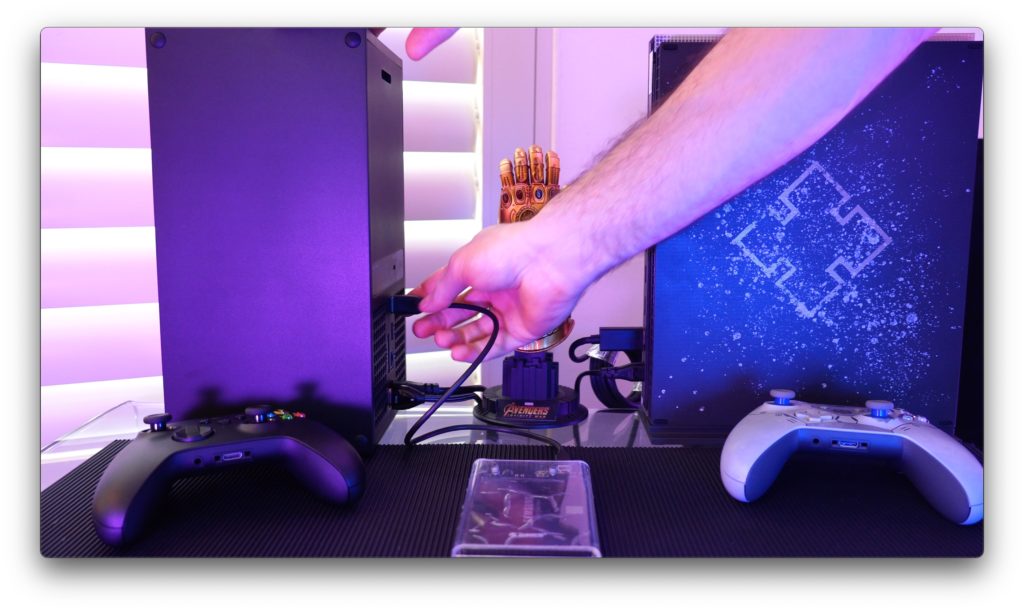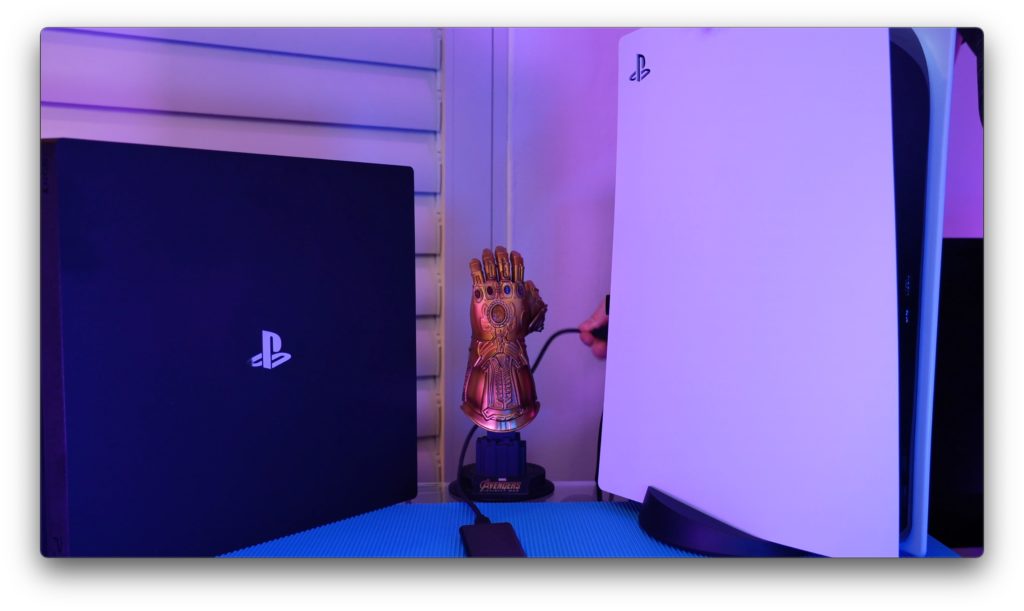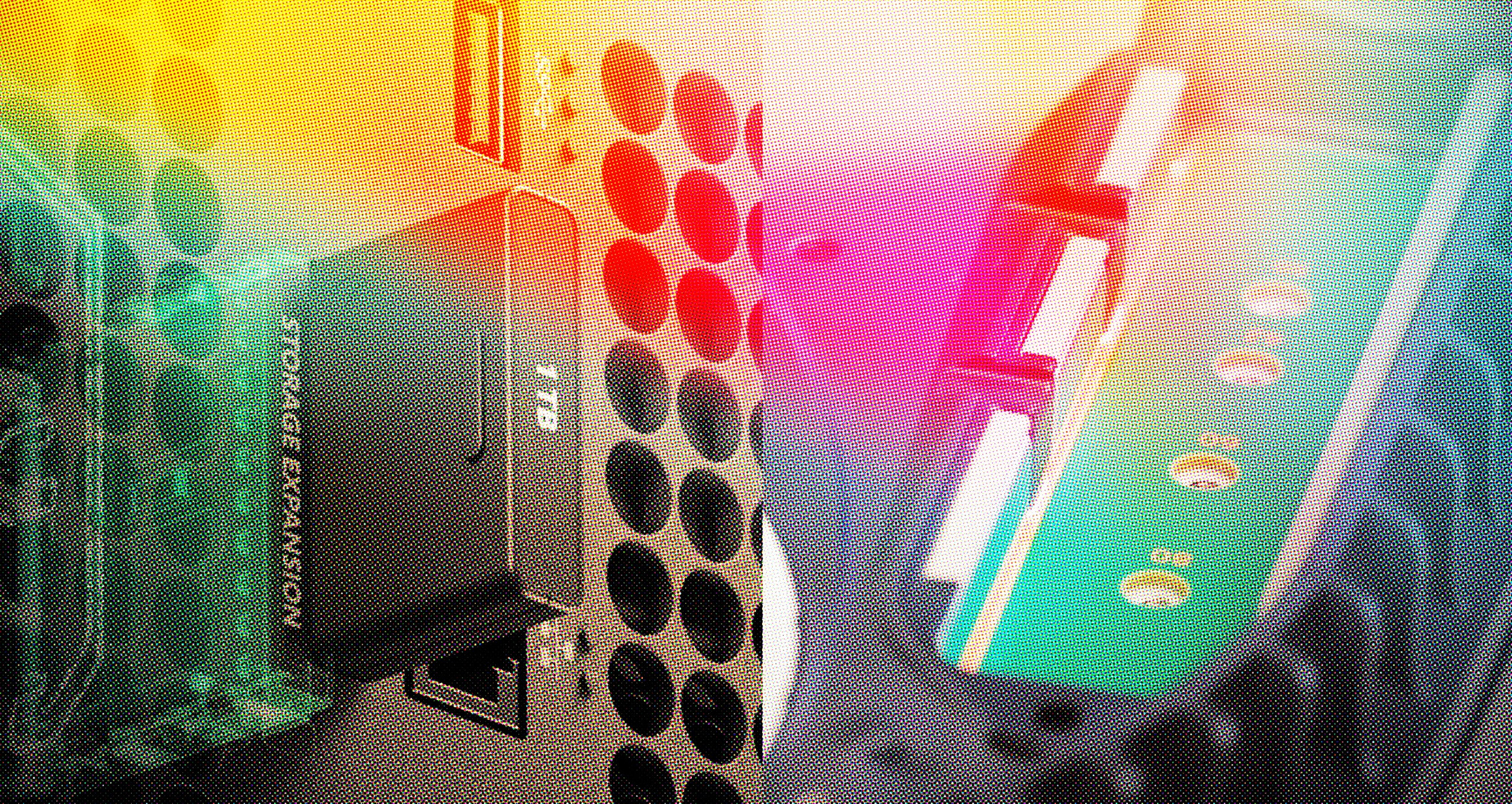The next generation of consoles are finally here! Both the Sony PlayStation 5 and the Microsoft Xbox Series X|S have released and gamers around the world are getting to grips, both figuratively and literally, with the new hardware. One of the biggest changes for the new generation is the use of super speedy Solid State Disks (SSD). Unfortunately, this kind of storage is still quite expensive. Hence why the Series X shipped with only 803 GB of usable space, Series S with under 330 GB and PlayStation 5 with only 667 GB. Given the small sizes of the internal SSDs in each system, it stand to reason consumers will need to make other plans in order to enjoy gaming on whichever system they purchase.
Xbox Series X|S
For the Xbox Series consoles, extending and expanding storage is a very simple and straight forward experience. There are currently two options: use an external USB 3.0 powered HDD/SSD drive (256 GB or larger) or the Xbox Series Expansion Card. That is pretty much all there is to it.
Simply take whatever external drive you can find, plug it into your new console, and start using it as external storage. The only real caveat is how certain Optimised for Series games might require access to the super fast SSD storage to function. In this scenario, you can still use an external USB 3.0 powered HDD/SSD to store Optimised Games, but you will need to transfer them to the internal SSD or Xbox Series Expansion Card to use them.

PlayStation 5
External storage on the PlayStation 5 is a little more complex. In this sense, external USB 3.0 powered HDD/SSD drives (256 GB or larger) may still be used on the system, but only for PlayStation 4 games. For the most part, this is good news. It makes switching over to the PS5 from PS4 a fairly easy and straight forward process. It also ensures the super fast internal SSD is only used for games that require it.
Although the PlayStation 5 does technically allow for external storage via the user expandable NVMe slot; this function is currently disabled at launch. In addition to this, it is worth noting how the current software does not allow PlayStation 5 developed titles to be moved off of the internal SSD. Essentially it means users will have to be cognisant of the space they are using, and to ensure they are only prioritising the internal SSD for games they currently want to play. Otherwise they might be forced to delete and re-install titles in order to manage the limited storage.

Owner, founder and editor-in-chief at Vamers, Hans has a vested interest in geek culture and the interactive entertainment industry. With a Masters degree in Communications and Ludology, he is well read and versed in matters relating to video games and communication media, among many other topics of interest.


